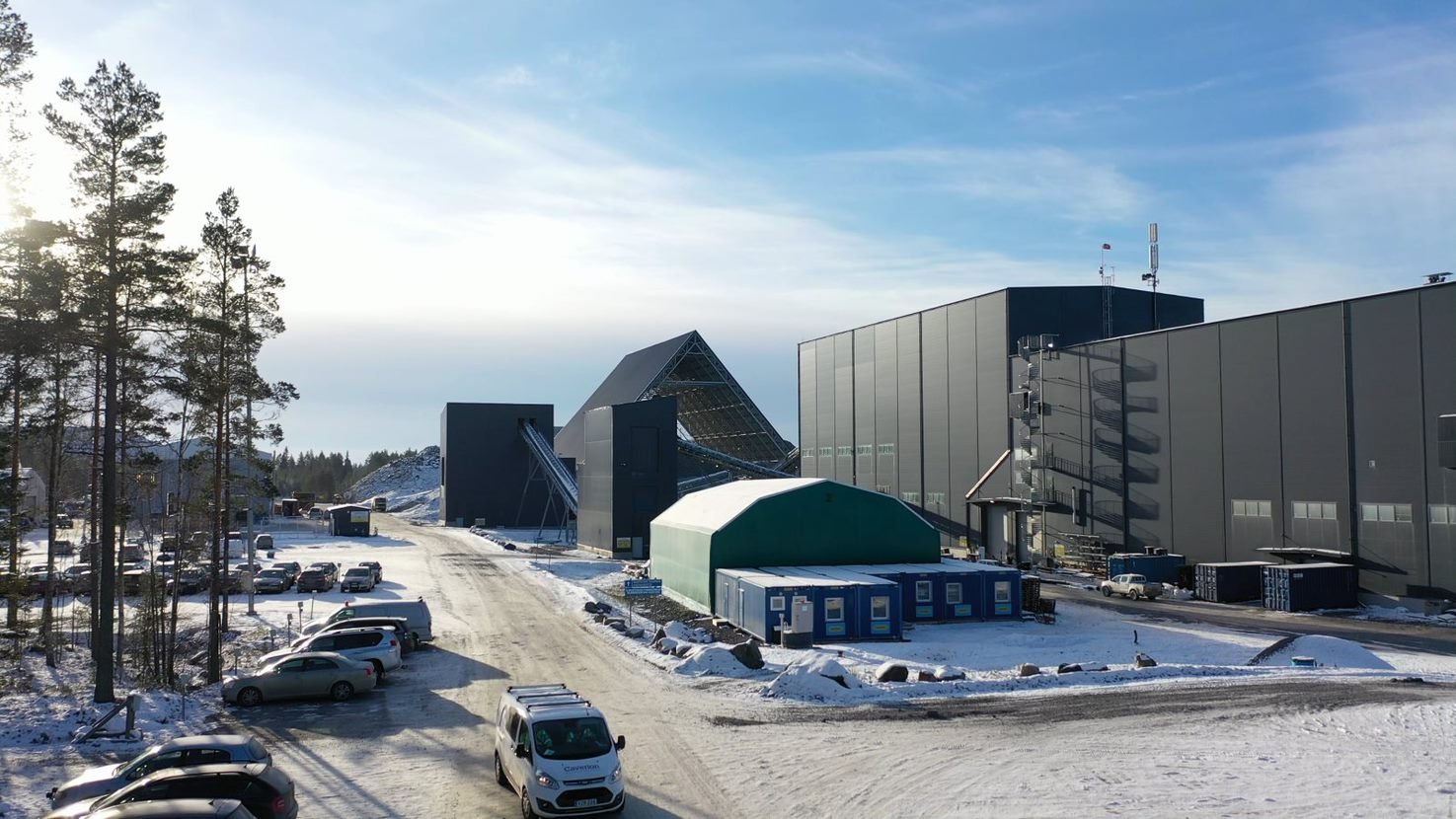
Laiva Mine
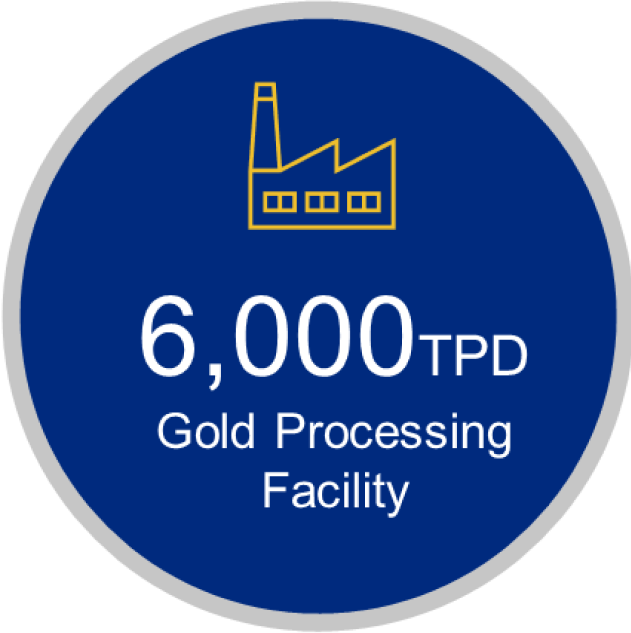
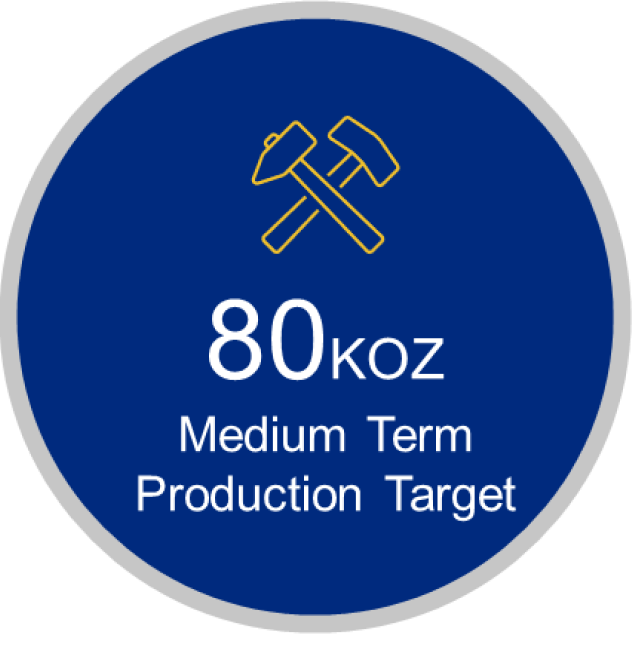
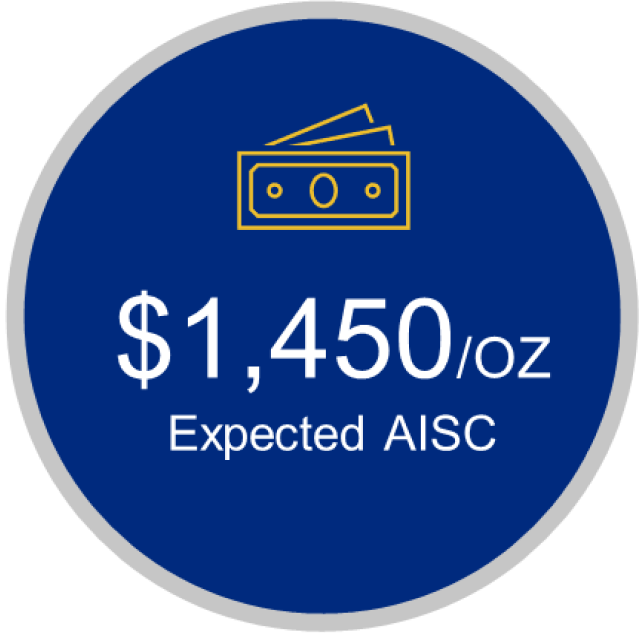

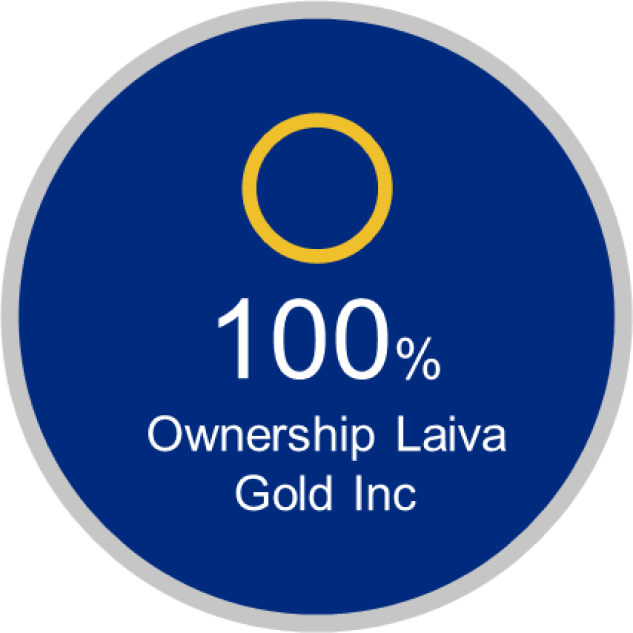
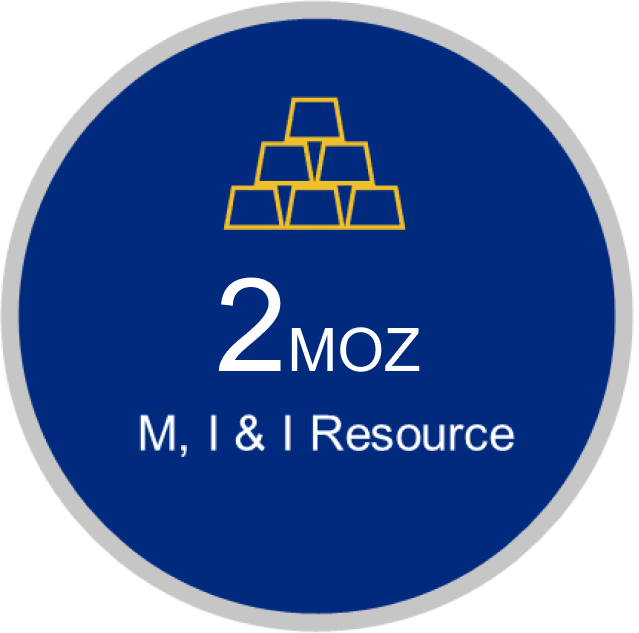
The Laiva Gold Mine is an open pit operation located near the town of Raahe in Finland with a historical resource (SRK) of 2moz Au M,I&I. It is fully equipped with turnkey state of the art infrastructure and the ability to process up to 2.2 million tonnes of ore per year.
The plan is to bring the mine into operation in 2025 with an initial production target of 50k oz and a medium term target of 80k oz p.a.
Infrastructure
Laiva has complete, modern infrastructure, including all-weather access roads and energy supplied by one of the world’s most advanced and reliable grids.
The 6K tonnes per day plant was constructed and commissioned during 2010 -2012 by Nordic Mines. As you would expect, being a European mine, the equipment used for processing is from leading manufacturers such as Metso Outotec and FLSmidth & Co. Our two large mills are both from Outotec, one AG, AUTOGENOUS, and one Pebble Mill, working in conjunction to process a nominal 6K tonnes per day. The entire plant is housed in a large warehouse to allow us to control the harsh winter environment.
Our gold is recovered through gravity, CIL high-grade and low-grade circuits. Low-grade tailings are pumped to the low-grade tailings dam and passed through our paste thickener before being deposited in the dam. The high-grade tailings are sent to the high-grade ponds directly from detox.
Geology
The mine is situated within the Laivakangas Orogenic Gold Province in the northwestern segment of the Raahe-Ladoga Sheared Zone, a major crustal-scale suture that extends for approximately 450 km across southern Finland. This zone is part of the Svecofennian Domain, which comprises Paleoproterozoic-aged rocks formed during the Svecofennian orogeny (~1.90–1.87 Ga). The local geology includes a mix of intrusive, volcanic, and sedimentary rocks of Proterozoic age.
Mineralization is hosted in quartz veins and silicified shear zones, which range from a few centimetres up to 10 metres in width. The primary host rock is a medium-grained, homogeneous quartz diorite that forms the central portion of the deposit area.
Quartz veins are found in most rock types except granites and are typically associated with shear-related deformation. In addition to quartz, the veins contain various silicate and sulfide minerals, notably arsenopyrite and chalcopyrite. These veins are generally compact, sheared, and vary from 1 mm to 0.5 m in thickness. They exhibit a blue-grey translucent appearance and occur in parallel swarms, commonly associated with altered shear zones. The veins typically strike between 060°–070°, dip toward 150°–160° and have steep dips ranging from 70°–85°. At surface, these vein swarms can be traced laterally for up to 70 metres.
Gold mineralization occurs as fine, angular inclusions within arsenopyrite and quartz, with arsenopyrite being the dominant ore mineral. Gold is present as native gold and as maldonite (Au₂Bi). Accessory ore minerals include pyrrhotite, chalcopyrite, cubanite, marcasite, sphalerite.
The known mineralization within the mining area is considered extensive, laterally continuous, and structurally controlled, primarily associated with zones of intense shearing and hydrothermal alteration.


